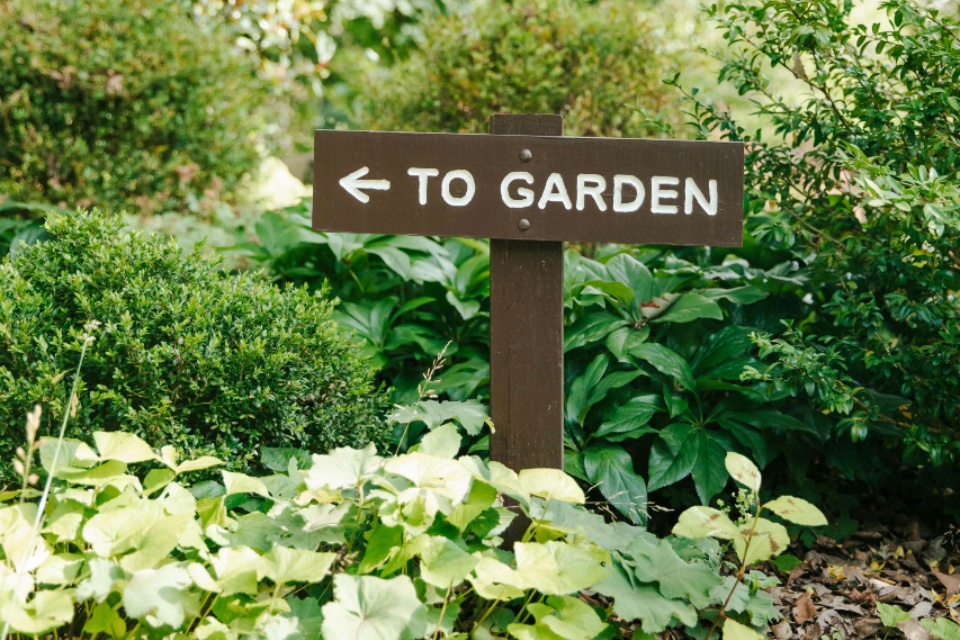Sensory gardens are a blooming trend in care homes, offering a haven of stimulation and relaxation for residents. But when it comes to sourcing the best provider for your specific needs, navigating the options can feel overwhelming. Fear not! Here are some top tips to help you choose the ideal sensory garden solution provider for your care home…
Understanding Your Residents’ Needs:
- Resident Assessment: Firstly, conduct a thorough assessment of your residents’ needs and preferences. Consider their physical limitations, cognitive abilities, and sensory sensitivities. This will guide your choice of features and materials.
- Thematic Considerations: Will the garden cater to residents with dementia, physical limitations, or a mix of needs? Thematic elements like memory gardens or nature trails can be incorporated based on resident preferences.
Matching Provider Expertise:
- Experience in Care Homes: Seek providers with proven experience in designing and installing sensory gardens specifically for care homes. They’ll understand the unique needs of elderly residents and adhere to safety regulations.
- Portfolio Review: Ask for a portfolio showcasing their previous work in care homes. Look for gardens that incorporate diverse features, textures, and plant varieties to stimulate all senses.
Functionality and Sustainability:
- Accessibility and Maintenance: Ensure the design prioritizes accessibility for residents with mobility limitations.Raised beds, wide pathways, and easy-to-maintain planting schemes are crucial.
- Safety and Durability: Materials used should be safe, non-toxic, and weather-resistant. Opt for rounded edges and surfaces to minimize fall risks.
Communication and Collaboration:
- Clear Communication: Choose a provider who listens attentively to your vision and works collaboratively throughout the design and installation process.
- Staff Training: Enquire about staff training on sensory garden usage and resident engagement within the garden environment.
Additional Pointers:
- Seek Recommendations: Talk to fellow care home providers to gather insights and recommendations on reputable sensory garden designers.
- Budget Considerations: Obtain quotes and compare pricing structures from different providers. Remember, the cheapest option may not always be the best in the long run.
- Long-Term Vision: Consider the future when choosing materials and plants. Opt for solutions that are easily adaptable and expandable as resident needs evolve.
Creating a Sensory Sanctuary
By following these tips and involving residents in the planning process, you can ensure your sensory garden becomes a cherished space for relaxation, reminiscing, and sensory stimulation. Remember, a well-designed sensory garden can offer a multitude of benefits for your residents, enhancing their well-being, promoting social interaction, and fostering a sense of peace and connection with nature.
Are you looking for Sensory Garden solutions for your organisation? The Care Forum can help!






